What types of patients do better with Exersides?
The very best patients for Exersides are the ones you wish you didn’t have to restrain in the first place and patients that are compliant that you need to keep safe while you tend to other patients.
Exersides is better for patients with vital tubes and lines such as ventilator tubes, especially for those at risk for delirium. TBI and other patients in LTACHs and rehabs also benefit from not being tied to a bed and sedated.
It can also be used by first responders and for military transport to reduce the hemodynamic consequences of over-sedation or agitation consequences of over-restraint, as well as for hospice patients with equipment such as feeding tubes and urinary catheters.
What are the clinical benefits?
The Exersides Refraint System allows less immobility and less agitation requiring less sedation. We know that immobility and sedation lead to delirium and post-intensive care syndrome (PICS). Movement is encouraged for secretion clearance, gut motility and reduction of pressure injuries.
Are there any data to support using the Exersides Refraint instead of traditional restraints?
Yes. There is literature that shows the link between traditional restraint (both physical and chemical) to delirum, medical complications, and increased device removal. Phase I FREEDOM trial data show safety for patients, equipment, and staff with the Exersides Rrefraint. View our Research page HERE.
What is the cost comparison of Exersides with traditional restraints?
Exersides price point is not obstructive and there will be a tremendous cost SAVINGS when compared with traditional restraints, given the hospital dollars spent on delirium, pressure injury, sedation complications, and readmissions. Exersides can be single-patient use or re-usable with per-patient softkits to fit any budget.
How can I get Exersides?
Try out the Exersides Refraint System with a 6-month evaluation package or dive in with a 1+ year contract and get FREE virtual reality (DelTrain VR), recorded and live training! Please contact [email protected] to learn more.
Can you send me a sample?
We cannot send you a sample device without training. We do offer recorded online demos through this website, which is a good way to get a comfortable idea of usage. Click here to get a demo.
Can I get an online demo?
Yes. Click here.
Can I submit a Purchase Order?
Yes. Click here.
How do you use Exersides?
- You may start with a bed strap attached to the Refraint.
- Wean sedation to an appropriate level.
- Titrate restraint to Refraint as appropriate.
Does Exersides cause skin breakdown and edema like traditional restraints?
The Exersides Refraint has a unique auto-adjusting wrist strap to prevent circumferential wrist binding, and the axillary strap is applied loosely. The hand rests on soft neoprene. These are the only places the Exersides Refraint touches the patient. The Exersides Refraint weighs only three and a half pounds.
How do you put it on a patient?
- Attach and adjust the wrist strap.
- Attach and adjust the shoulder strap.
- Adjust the Arm Tube length to get the right amount of elbow bend.
Is Exersides for both arms?
Yes. This is best for mobility and safety.
How do you store Exersides?
Exersides can be stored with other hospital supplies.
What about restraint documentation?
When not tied to the bed, or when using the Exercise Bed Strap, the Refraint is designed to allow patients to move without becoming entangled in and dislodging tubes and lines and does not need to be documented as a restraint! If the Refraint is tied to the bed with the optional Restraint Bed Strap, usual restraint documentation is required.
Why is Exersides bigger?
Sometimes bigger makes your job easier. Keep in mind, overhead lifts and stand assist devices replaced gait belts!
Can Exersides affect our MIPS score? Or my Press-Ganey score?
Yes. In our Pilot Study, questionnaires revealed a greater satisfaction by patients and family (as well as staff). These satisfaction scores can boost reimbursement. Another point to consider is the anticipated reduction in the complications of sedation and prolonged length of stay when calculating those reimbursement allowances and readmission expenses.
What are the contraindications?
A few ortho injuries and proning are the main contraindications. Check the Instructions For Use (IFU) for complete list.
Is it safe for staff?
Healthy Design has positive safety data from years of clinical trials. Nurses make the decision about restraint and sedation level, so there is minute-to-minute confidence and control over staff safety. There is also a restraint bed strap, as well as an exercise bed strap for resistance therapy.
Can Exersides go in an MRI?
Yes. The Exersides Refraint is MRI compatible.
Is Exersides latex-free?
Yes.

